16 Innovative Ways to Never Run Out of Blog Topic Ideas

Blogging can make a massive difference to your business. The rise in content marketing has made blogging a crucial part of any content marketing strategy. Maybe you don’t own a business but want to start a blog. Or perhaps you already have a blog and are running out of blog topic ideas.
Whichever stage of blogging you’re at, planning or organizing a good content strategy is crucial for your blog post’s success.
If you are looking for interesting and unique blog topic ideas, we offer you the perfect solution. In this guide, we have listed 16 ways to come up with newer blog topic ideas. The secret is to tap into the vast idea-generating pool around you!
16 Ways to Generate Blog Topic Ideas
1. Brainstorm with your team
Have a brainstorming session with your team. Encourage them to come up with a pitch. Keep the focus area open. Note observations that can in any way be discussed on the blog.
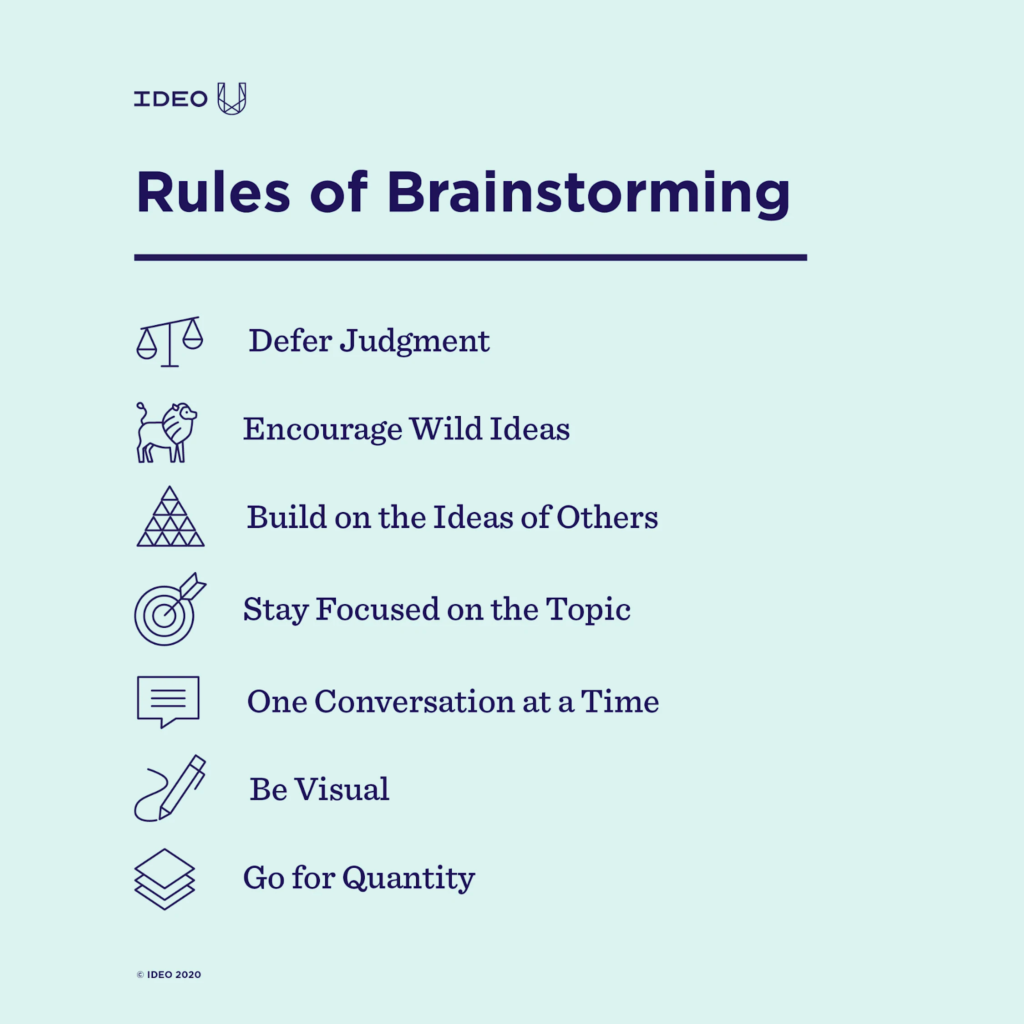
- Also, ask for suggestions from relatives, friends—anyone remotely related to the blog market.
- The “anyone” from the above includes industry experts or influencers.
- Invite guest bloggers – apart from introducing new topics, this can raise the number of followers or at least garner higher visits with new audiences; it also adds credibility to your blog.
- The more contributing sources you have, the more pointers you get for topic generation.
2. Capitalize on industry updates
What’s the industry buzz? Check news updates regularly to know what’s trending in a particular sector. A simple Google search will give you an idea about the latest affairs.
Better still, subscribe to credible blogs related to your niche. See if you can address any popular issues or topics in your blog. Cook up a nice warm meal for your readers based on relevant industry news.
3. Imitate with a twist
As a content consumer, you must have come across great content that covers relevant topics. Next time you see such content, snatch it and make it your own.
Uh no, we aren’t suggesting plagiarism or disguised paraphrasing – that’s a big no.

The content most likely would’ve been crafted with a certain angle. Consider how else you can present the same topic; choose a different angle. Find out what other viewpoints can be touched upon regarding that subject?
Borrow the topic, and craft your content with a fresh perspective. For example, content on “Freelance writers tips and techniques for beginners” can be made into your own “Top mistakes to avoid for would-be freelancers.”
4. Repurpose, reuse, republish
Got any content gathering dust in your drafts folder? Many content pieces end up never getting published. This could be for several reasons – from being off-topic to wrong timing to “will-get-back-to-it,” but you never got back to it.

You can also repurpose old, published blog posts by updating the content whenever possible. If it is a good post, the update will boost the page’s traffic. Also, updates help rescue a not-so-good post and improve its performance.
You can also try switching formats.
- Have any AV (audiovisual) content pieces that you’ve already published? Use transcription to turn that AV content into text content. Or vice versa.
- Make an audiobook out of an e-book. Apart from reformatting, there’s a big chance of you gathering loads of topic ideas from ebooks. Pick an e-book related to your blogging niche. Check the content page. Take note of the topics covered in the book. There, you’ll find a bunch of topic ideas to work on.
- You can also reformat old text content into infographics, AVs, slideshows, etc.
5. Keep an open mind
Sometimes, it’s good to let inspiration hit you as and when it wants. Don’t go racking your brain for ideas. The innovative ways listed above might not work for you sometimes. At those times, just drop it. Go about your daily activities believing that ideas can pop up from just about any place, any situation.
6. Get ideas from followers.
Who are you creating the posts for? The audience, right? So, who better than the readers to know what readers want? As Neil Patel puts it, “Dear Reader(s)…I’m out of ideas, suffering from BB (bloggers’ block); how about throw us some thoughts here”?

Here’s how you can do audience surveys.
Audience Surveys: DON’TS
- Asking ambiguous question
- Only Yes/No questions
- Lengthy queries
- Limited answer choice (multiple choice questions)
- Biased question
- Two or more aspects in one question
- Use of jargon, acronyms
- Lack of urgency in the survey
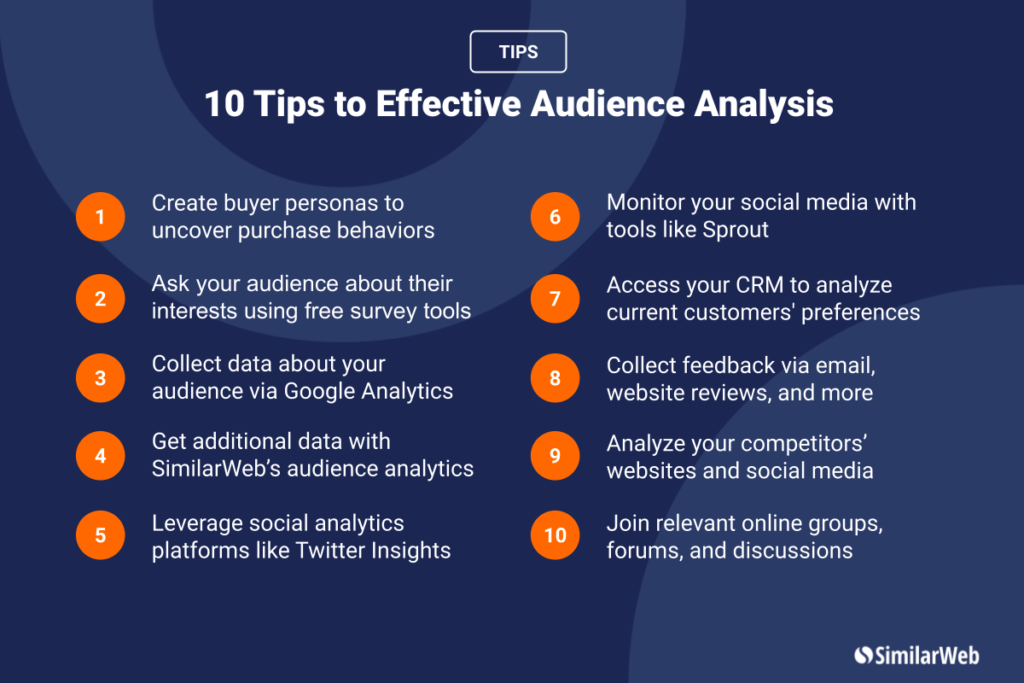
Audience Surveys: DOs
- Keep questions open-ended
- Short and specific
- Provide space for answers not covered under choices given by you
- One question (aspect) at a time
- Simple language
- Offer incentives for taking the survey
- Mention response deadline
- Audience survey (Example: Instagram story polls)
- Consider using chatbots that simplify your audience query/feedback collection.
7. You be the audience
What if you can’t reach out to the audience for feedback? Often, jumping over to the audience’s side of the fence can help you see the blog from their perspective. As a customer, what are the things you could expect to see in your blog?
Take this technique along with the industry trends into consideration. And while trying to think like your audience, remember: You must consider the PoV of all audience types, from basic to advanced.
8. Observe competitors
“To know your enemy, you must become your enemy.” –– Sun Tzu
Enemy may be too strong a word here. But, if you want to be on top, you must watch out for others vying for the top. It doesn’t harm you to keep a tab on what and how your competitors are doing.

This one shouldn’t be an option only when you run out of ideas. It’s wise to be aware of what’s going on around you all the time.
Here’s what you’re going to do:
- Go to your competitor’s site, blog, or YouTube channels.
- Look at their top featured or “most popular” posts. Find the topics that did well.
- Look for the competitor’s keywords. Follow suit.
The idea here is getting “inspired” rather than stealing ideas.
- Identify your competitors’ shortcomings or mistakes within the post. With that insight, try to develop even better content around the topic.
9. Incorporate multiple concepts
Try knitting different concepts together for one content piece. For instance, a post on cupcakes by Hubspot makes use of “combined relevance.” They integrate the concepts related to cupcakes with marketing to create content on inbound marketing lessons. Combining the two concepts also broadened the audience reach.
10. Cover the basics; be obvious.
Bloggers often tend to ignore basic or obvious topics.
- Take a look at your published topics. Have you covered all the basic stuff? Write with the audience’s level of understanding in mind.
- There will always be those who find such basic topics useful. Also, potential readers might come looking for just that.
Your blog should cater to all audience levels. Try to consider everything your blog represents and could be talking about.
The point here is not to miss the obvious because it is too obvious!
In other words, have you covered all the topics that can be covered as per your blog – even the self-explanatory ones? Basic topics can be your blog’s classic or evergreen content.
11. Highlight controversial topics
People LOVE controversy. “People” include your audience. Controversial topics can be your idea for blogging topics. This may not always apply to your kind of blog, but don’t miss out on it if it is.

Not everyone dares to “be controversial,” but a daring few can use it to their advantage as there’s always the “buzz’’ factor that comes with it. However, this is not a suggestion to start a controversy. It’s about taking a controversial issue and building your content around it.
12. Look for problems and offer a solution
Yes, look for problems faced by the audience. Any problem can be made into a blog topic where you’ll address the issues (and provide solutions for the same). The problems can be related to your business (service/products). Even if it is only one keyword related to your blog niche, use it.
13. Head to Amazon
Not the rainforest; Amazon.com. Would you ever think that an e-commerce platform could just be the idea generator you needed? Go to Amazon and type in your keyword. Check for the list of the top books that show up.
Look for the one with ‘‘Amazon Look Inside’’. If you click on it, you’ll be able to see all the important tags and titles of the top book.
You want to develop a content piece with words, tags, keywords, metatags, etc. A glance at the preview of the index section will tell you enough about the content type of the book—frame similar topics.
14. Refer to social media for ideas
Make good use of social media to examine audience interests and trends. Online presence and engagement are not only meant to enhance your content reach but also to create an audience contributing system.
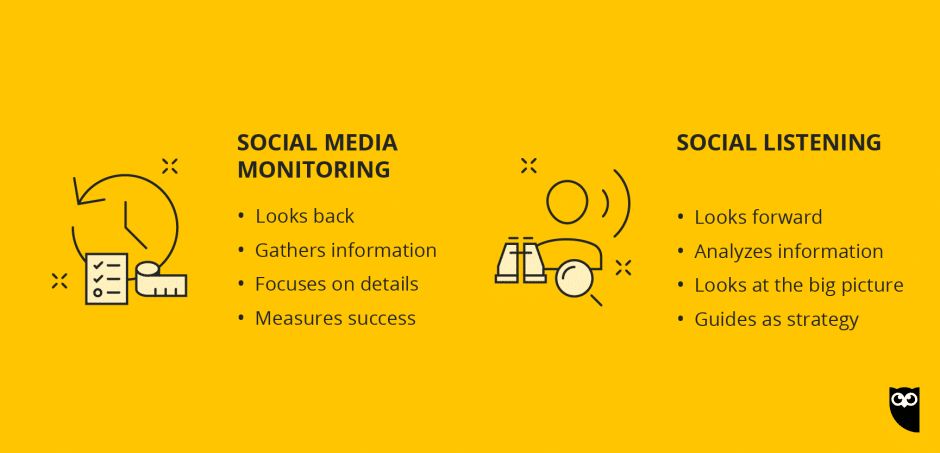
Social media listening, which goes hand in hand with monitoring, can provide you with pertinent blog ideas.
- Twitter isn’t just for tweets; it’s a great place to discover unique blog ideas. Check what’s trending on Twitter via Twitter Trends. Narrow down the search based on location and industry, and pick the ones in line with your audience.
Popular tags: To know what’s trending on Twitter and other social media platforms, search for hashtags at RiteTag.
- Quora: Basically built for Q&A, you’ll find all sorts of questions posted there. Your job is to find the relevant questions. Go to Quora.com, and enter keywords related to your blog niche in the search bar.
You’re bound to find interesting and valuable questions. The number of views, followers, and upvotes/comments will show you which questions are the most popular. Frame your topics based on those questions.
- Use social media groups: Follow groups related to your blogging niche on social media platforms like Facebook and LinkedIn. Group members post questions, opinions, and answers; draw topics from them.
Going through posts and discussions can also help you come up with topics you can cover. Those groups are also where you’ll be able to discover industry experts and KOLs (Key Opinion Leaders).
- Reddit: Reddit is another platform where all sorts of topics are discussed. Follow relevant topics under subreddits.
15. Come up with a content plan.
If you take your blogging seriously, you must have a properly laid out content plan for your blog. Outlining your blog content strategy is crucial for your blog’s long-term, efficient working. Here’s how to go about it.

Blog outline
- What is your blog’s purpose?
- What is your niche?
- What are your goals?
- Who is your target audience?
Blog niche
- What subject/niche is the blog going to focus on?
- Identify several general areas within the niche.
- The general topic you determine will be your “pillar posts” – each pillar dedicated to one broad topic.
- Identify the sub-topics that come under the main broad topic (pillar topic). This group of subtopics will make up the “clusters.”
- Each subtopic (cluster) will be dealt with as separate posts, which will be linked to the pillar post.
This is what a pillar and its clusters will look like:

Expand topics
- Once you determine the core subject and pillar topics, expand the pillar topics to create cluster topics.
- Use the ways mentioned above to look for topic ideas.
- Filter the topic ideas and keywords, and group them according to the clusters.
Formulate titles
- Once you have the topics in place, start framing possible headlines for each topic.
- Use proper keywords for SEOs.
- Refer to headline writing tips and techniques.
- Keep a searcher’s intent in mind.
Prioritize topics
You’re all set with the topic outline (pillars and clusters); now, sort out which topics you need to work on first and which can be kept later.
Prioritize based on:
- High/low volume keywords – popularity or lack thereof
- Buyer’s journey
- Business – product/feature announcements or releases
- Trends
In addition to storing topic ideas, a well-structured blog gains better organic traffic.
- Online tools for blog post topics
If you simply cannot afford more brainstorming, idea-generating tools will come to your rescue.
- Hubspot’s Blog Ideas Generator gives you “a year’s worth of blog post ideas in a matter of seconds.”
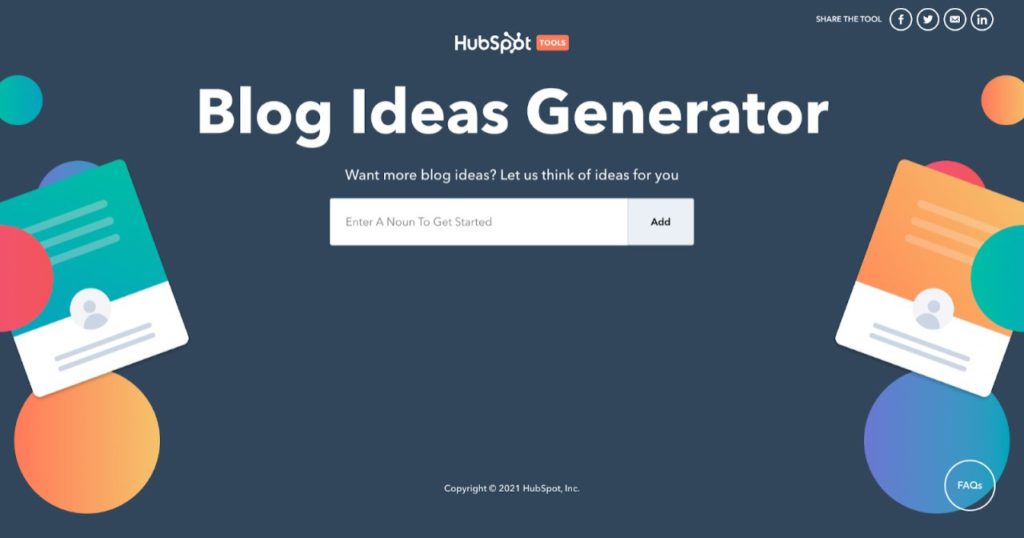
- Reddit Keywords Search Tool: If you don’t feel like going through topics and discussions on the subreddit, go straight for popular keywords within Reddit. You can search for high-volume keywords on Reddit using the tool.

- Google Trends: It’s a free tool that shows trending topics across the globe. You can analyze keyword performance and fluctuations and find out the types of content in demand.
- Peppertype.ai: This tool by Pepper Content helps you generate better content in seconds using artificial intelligence.

- BuzzSumo: This is another great tool to research topics for your blog posts. This tool will help you in content discovery and research, identify influencers, and manage online monitoring.
- Mention: It is a web managing and listening tool. Precise monitoring will help you uncover trends, brand, market, audience, and competitor insights.
- The Hoth Blog Topic Generator: Use this free tool to get ideas for your next blog posts.
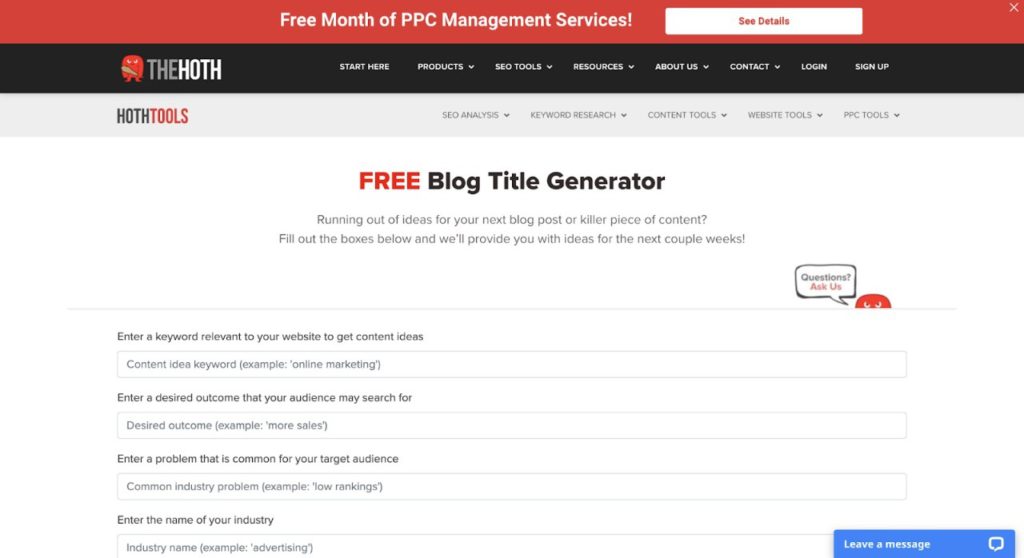
- FX Tools: Simply enter the subject you want to cover and let the tool generate the ideas.
- Portent: It’s a title maker similar to the FX tool, which will generate ideas based on your subject.
In Summary
Smart research and online topic-generating tools can generate sufficient content topics or unique blog ideas. Establishing a comprehensive content map for your blog writing strategy is also crucial. So, lay out your content plan, supplement that with tips and techniques, and never run out of ideas ever again!
FAQs
Writing on innovative topics is the best way to make your blogs successful.
Avoid recycling the same topic and explore different aspects of your industry.
Optimize keywords and keep your target audience in mind while formulating the content pieces.
Remember to post consistently and actively promote your blogs on social media channels.
You can make your blog more user-friendly and attractive in different ways.
Use a proper template and make your content easy to read.
Stick to the ideal structure of a blog post
Use sub-headings, keywords, and visuals where necessary.
How-to posts, listicles, case studies, and infographic posts are tremendously popular blog varieties.
Be direct and professional.
Avoid using too technical terms and write with your target audience in mind.
Your content should always be original and proofread thoroughly before posting.
SEO is one of the best ways of driving organic traffic to your blog. Therefore, it is essential to make your blog SEO-friendly, and there are several ways to do this.
Choose a primary keyword around which you can formulate your post.
The keyword must be present in the headline and meta description as well.
Have a proper introduction and conclusion, and make use of subheadings.
Latest Blogs
Learn how to rank on AI search engines like ChatGPT, Perplexity, and Gemini by optimizing your content for authority, structure, and relevance. Stay ahead in AI-driven search with this strategic guide.
Explore the best healthcare SEO services for your medical practice. Improve online visibility and effectively reach more patients in need of your services.
Discover top social media agencies specializing in banking solutions, enhancing financial services and driving engagement.
Get your hands on the latest news!
Similar Posts

Artificial Intelligence
5 mins read
Top AI Blog Writing Tools for Website Monetization

Blogging
10 mins read
How to Start a Successful Food Blog in 2022

Blogging
4 mins read